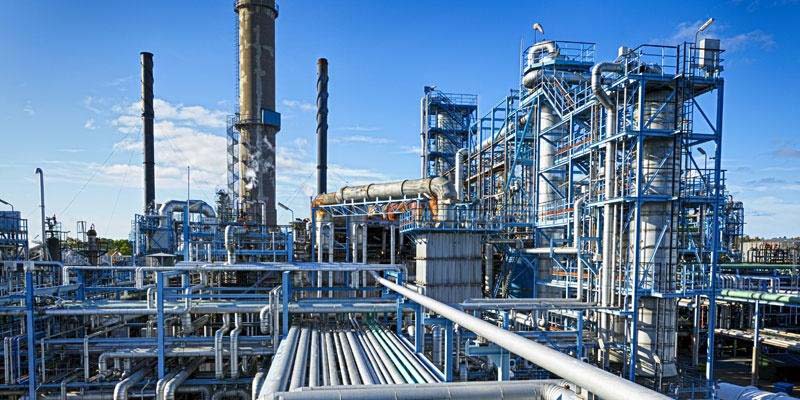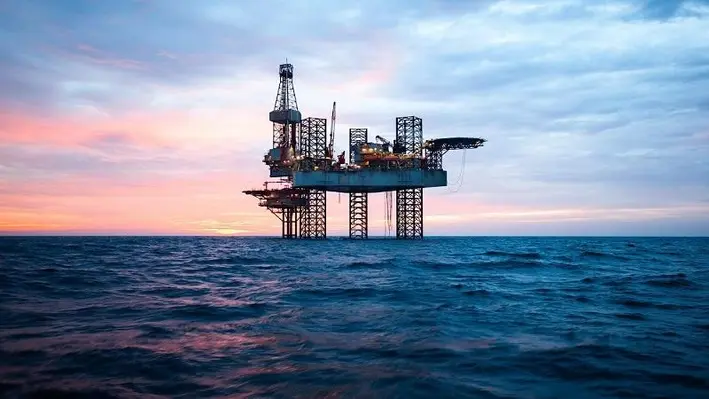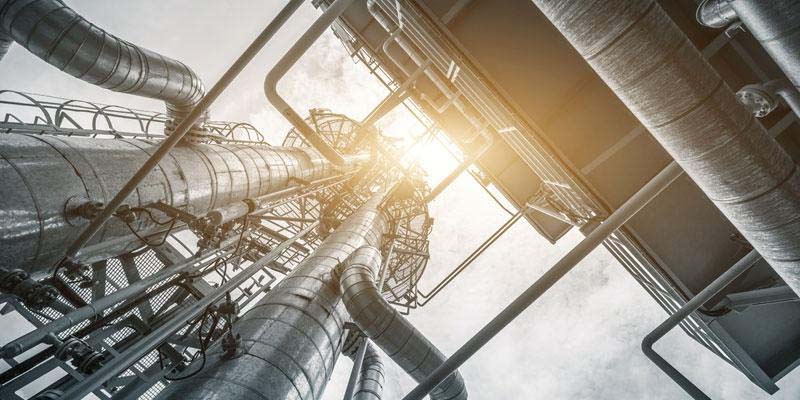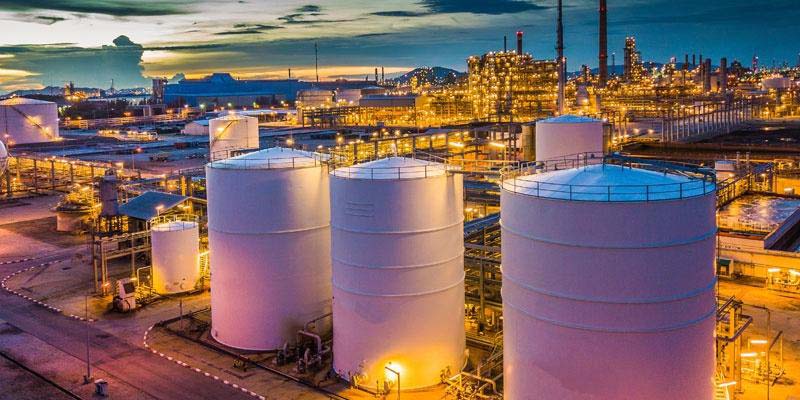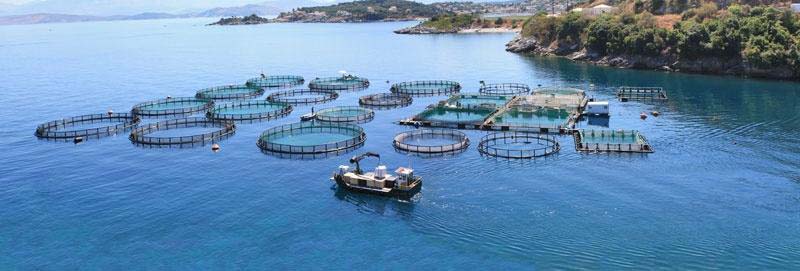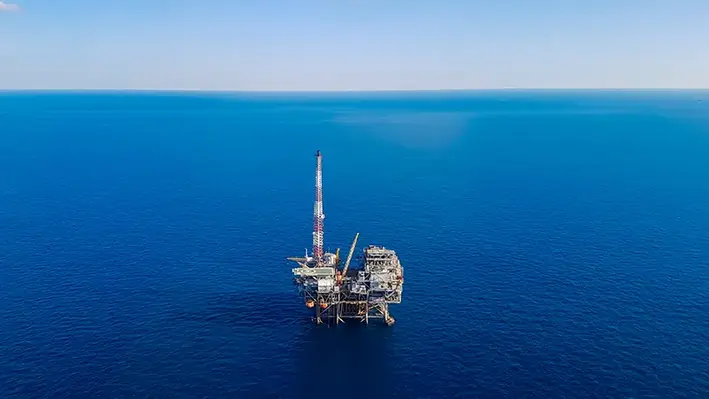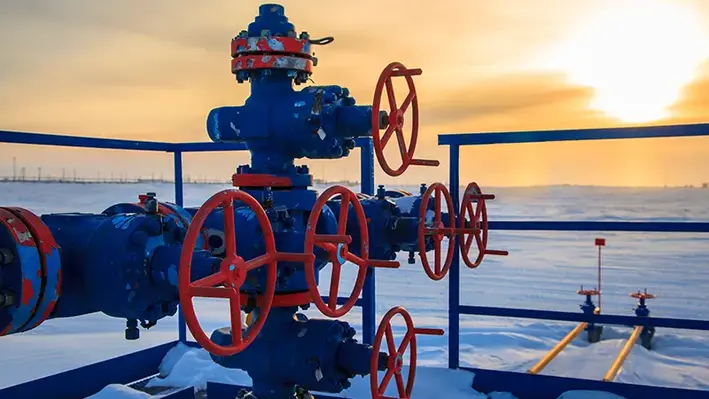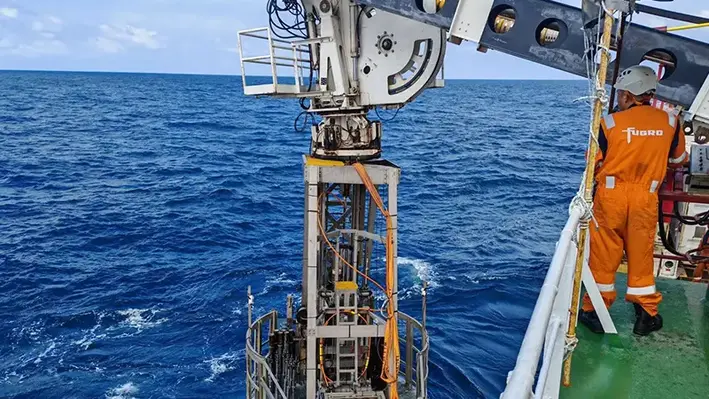- Region:
West Africa
- Date:
Mar, 2021
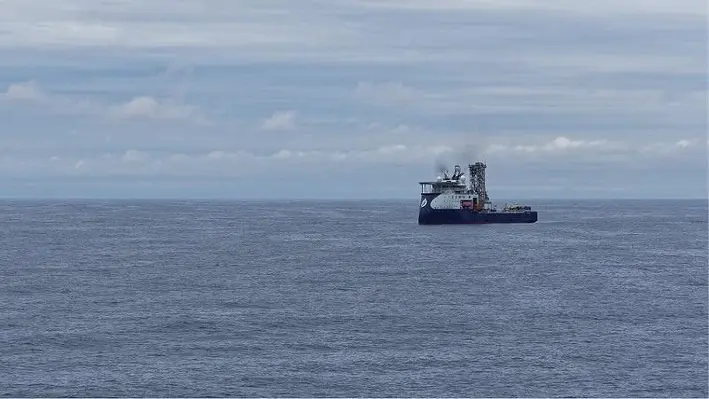
At the subsea sub-Saharan Africa well intervention webinar, hosted by Baker Hughes, Bayo Ojulari, Managing Director of Shell Nigeria Exploration and Production Company (SNEPCo), participated in a fiery discussion on the advantages of riserless light well intervention (RLWI) compared to rig-based, riser intervention alongside host Sola Adekunle, Managing Director of Cranium Engineering; Matt Vick, Senior Subsea Engineer at BP; and Feyi Okungbowa, Executive Director of Baker Hughes.
Beginning the session, host Adekunle, explained that since its introduction in the North Sea in the 1980’s more than 1,000 wells have been intervened across the world by means of RLWI bringing tangible benefits such as higher operator efficiency, lower spread rates and increased manoeuvrability. This begs the question, is it a no brainer? And if so, why in the SSA market, where wells are in dire need of optimisation (the average age of subsea wells will be the highest in the world by 2025), has RLWI been so underutilised?
The benefits of RLWI
Vick, certainly believed there was no question that RLWI was the way forward and commented, “BP has a long history with RLWI across the world and we are pushing for this to be used more. It is high capability, especially as wireline and E-line advances; it is more efficient; and has a lower cost in general.”
“A lot depends on the scope as well. You do lose some efficiency on downhole runs due to the fact you are recovering tool strings through open water and on a wireline run by wireline run basis it is a little bit slower. But you tend to gain this efficiency back when it comes to mobilisation and then getting the vessel offsite when the job is completed. So, you gain on the back end and beginning to offset the speed you lose in the middle (and you can even optimise the sequence in the middle). So even if it does take longer on the critical path, you will still have a lower spread rate and will achieve a big gain.”
As Vick outlined however, there are still some things where you do need a high pressure intervention riser like coil tubing and cement spotting, but really there is not a huge number of operations that riserless cannot accomplish outside the current realm of copper tubing. “Right now, BP’s push is to go with riserless systems as you can structure interventions to not require coil tubing or capabilities of heavier based solutions. You can accomplish 95% of your objectives at a much lower cost and this has been our push in shallow and deep water wells.”
“There are also safety benefits as well. With riser interventions you often have a direct conduit from well to the surface, meaning employees are working in close proximity to live well hydrocarbons. However, with riserless you don’t bring tool string back to the surface through a hydrocarbon field riser, so the only hydrocarbons you should see coming back to the surface is going to be flushing lubricator out to get your well shut in. Personnel safety is therefore increased with some real improvements in HSE,” Vick concluded.
The SSA market
Ojulari, commented that around 15 years ago when the industry started to really develop deepwater wells in SSA it was more straightforward: all that was needed was a rig to drill wells that were very high producing.
Ojulari said, “Unfortunately, the 50,000 barrels per day wells are no longer very much in play now and most drilled are now producing at lower rates. Many are becoming old and natural production declines by about 10-15%. Now the challenge is that in order to sustain production we try to drill up wells and utilise rig-based intervention, but despite that the SSA region still suffers about 6-8% decline. This means we cannot drill or rig- based intervene our way to fully address our production decline. In order to fully meet this, we need to leverage the rigless and riserless intervention for us to be able to capture the low hanging fruits. We have been a bit slow going for it but for me there is significant opportunity here.”
Holding RLWI back?
Delighted with the comments from Ojulari and Vick, Okungbowa, added, “Everything said so far is music to my ears as a service provider. Baker Hughes has made a lot of investment in RLWI not only in SSA but globally, and it is an area of growth we see. But we cannot understand why we are not seeing more RLWI in SSA? In 2019 there were a couple of interventions, and obviously 2020 was disruptive but even still the opportunities were just not there. With the ageing of the assets and store base I struggle to understand why this market is not moving as quickly as it should- all the equipment is ready in the region, we have spent years training people for interventions and yet the uptake is not there.”
Answering Okunbowa, Ojulari commented that perhaps RLWI was not being taken up as much as it should due to the lack of awareness of business owners and business decision makers. In his experience, the main discussions around this form of intervention were centred around limitations and risks and often the total cost saving is not immediately obvious to the core leaders. “For me, the first thing that needs to happen more is around better education, and this seminar is a good example. More engagement and connection in promoting the capabilities of promoting riserless, sharing success and putting into numbers where it can save in comparison to the other options for intervention that we have.”
Collaboration and transparency
The panellist also noted that key to ensuring more RLWI is transparency and collaboration. Building portfolios, and properly evaluating closing wells that require intervention, and then working with other operators to organise campaigns together will ultimately reduce costs and lead to more well optimisations being performed.
Okunbowa said, “What I would say to Ojulari and Vick and every operator is that we need to be strategic, we need transparency and we need to almost become partners. If you bring problems to us we can then bring solutions and help structure it in a way that unlocks value. We have heard of rig clubs but we now need to get comfortable with a vessel club situation. Being able to do a campaign across 3-4 companies back-to-back using the same assets, each operator will see significant cost savings.”
Highlighting the additional value of larger campaigns, Vick added, “You gain efficiency from crews repeating a task, and small learnings can add up. If you have many operators with different wells lined up, you gain efficiency from one well to the other whereas you lose efficiency with one-offs. With drilling operations you can see drilling times cut in half by the end of the campaign, and it is the same opportunity here. As a vessel keeps working you get gains in safety, efficiency, performance across the board. Success breeds success. I feel if we can show this being done with some big campaigns with good results we can get this success moving and more operators will see it makes commercial sense to collaborate.”
Unlocking value
Adekunle concluded the session, “Riserless intervention saves money, increases production and can be used as a production maximisation tool rather than reaction tool. With collaboration between different disciplines, different contractors and services providers you can unlock value for operators. Really it is not about which operator or which service provider, it is about looking and seeing how much value the industry can unlock by using this technology.”
In the panel it was made abundantly clear that utilising RLWI, and collaborating on these campaigns, would ultimately unlock value for industry and these opportunities should be embraced rather than feared; as Okunbowa commented, "Don't be a dinosaur." But what was made clear most of all is that this would only be achieved through conversations such as these, to make clear the benefits, the cost savings, the success stories and not just the limitations of RLWI, to key decision makers and indeed the entire industry.
To listen to the full webinar, click here.
